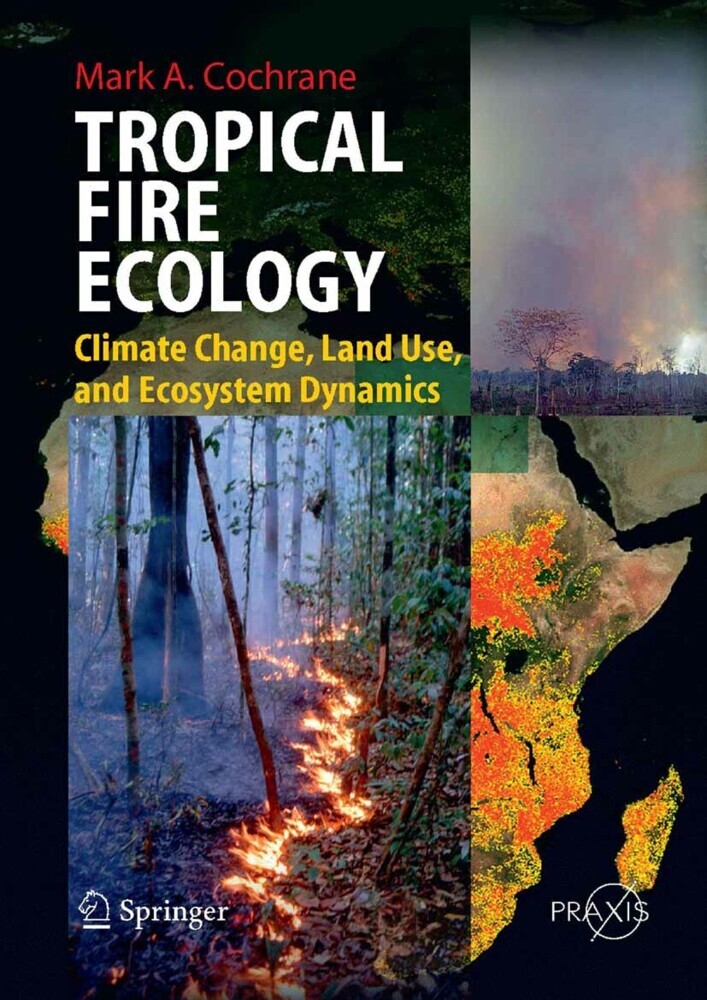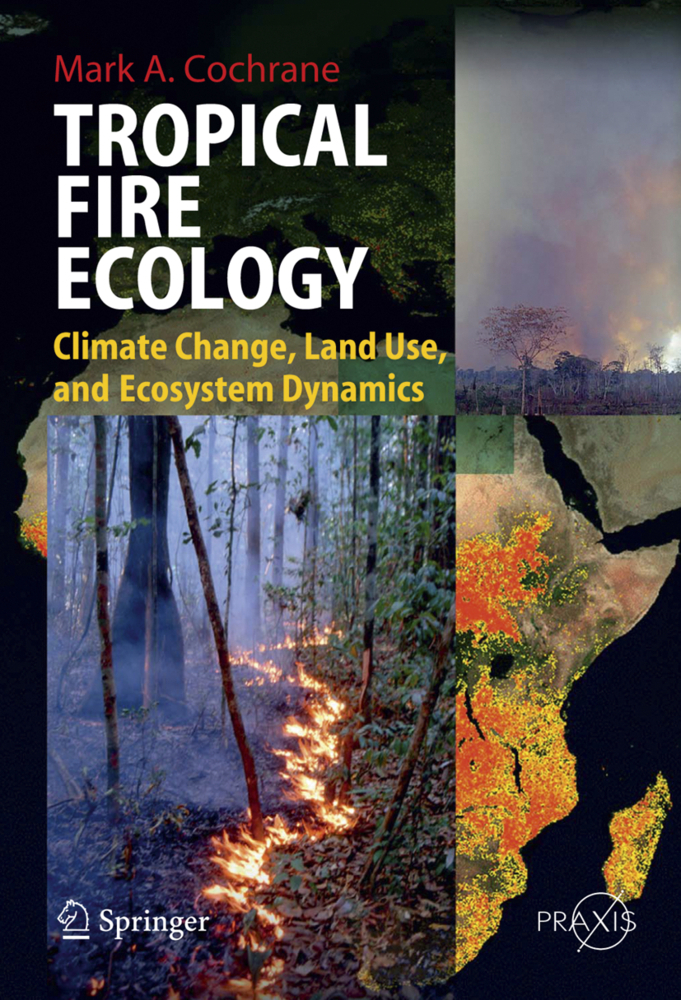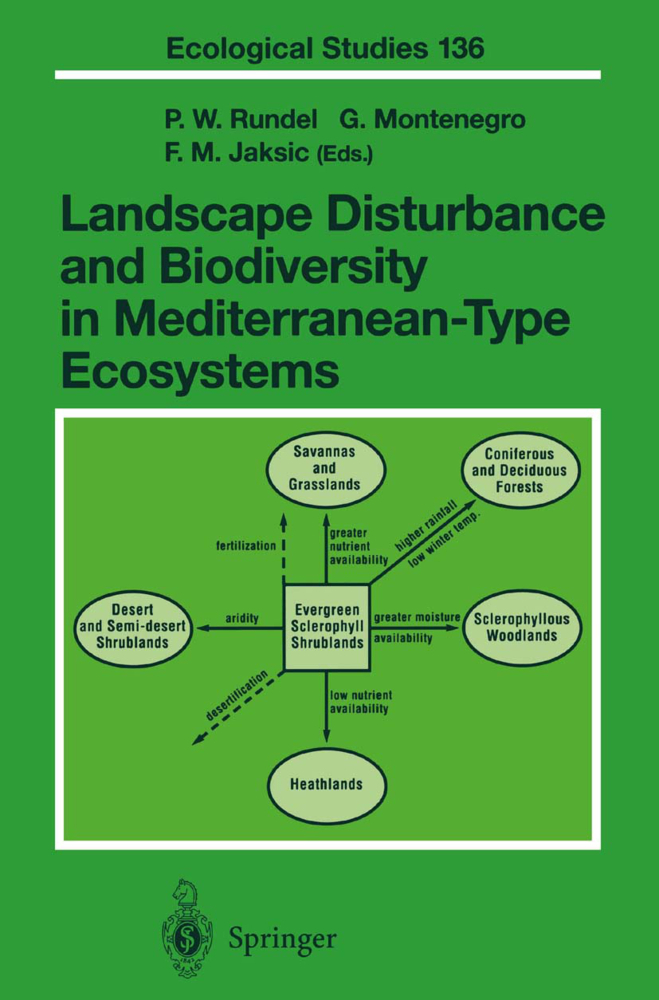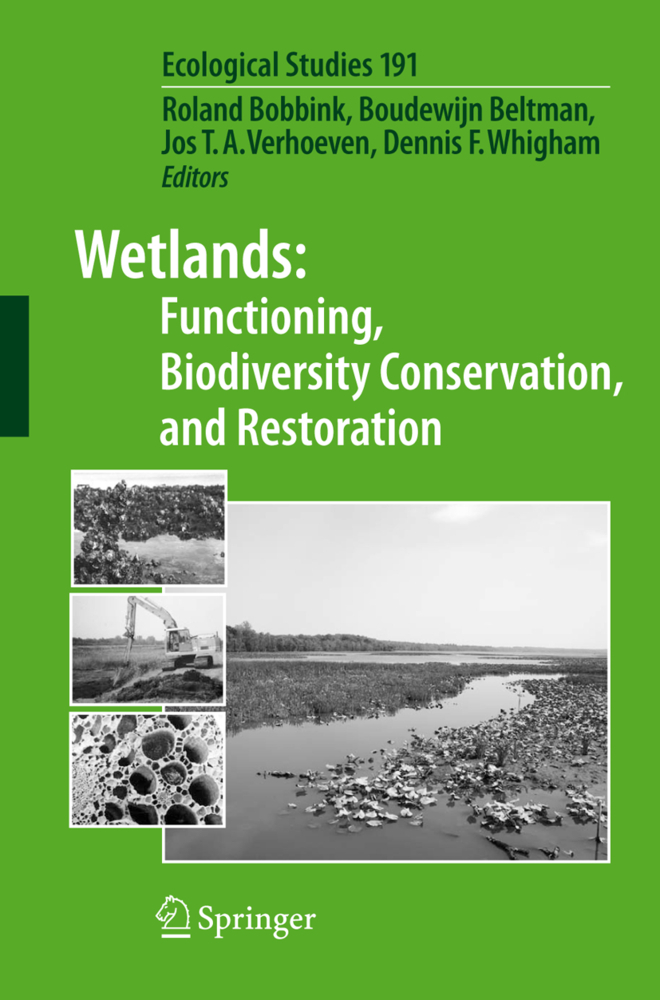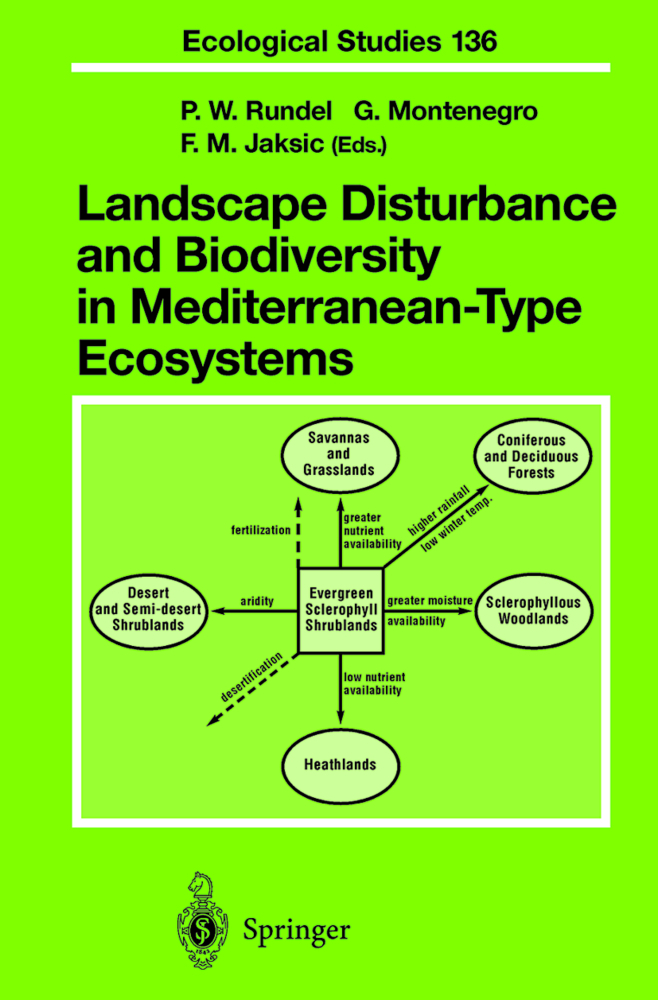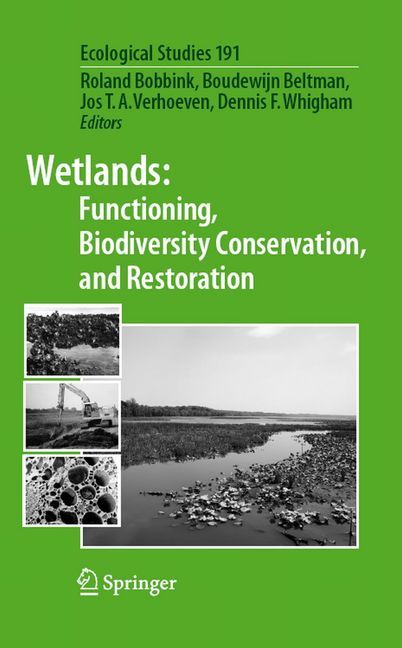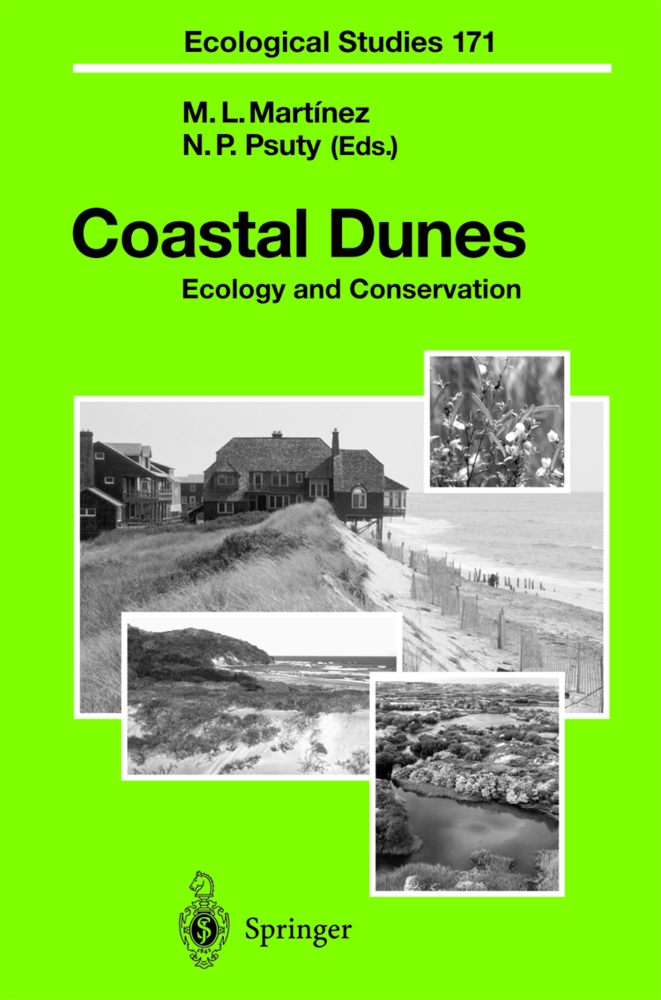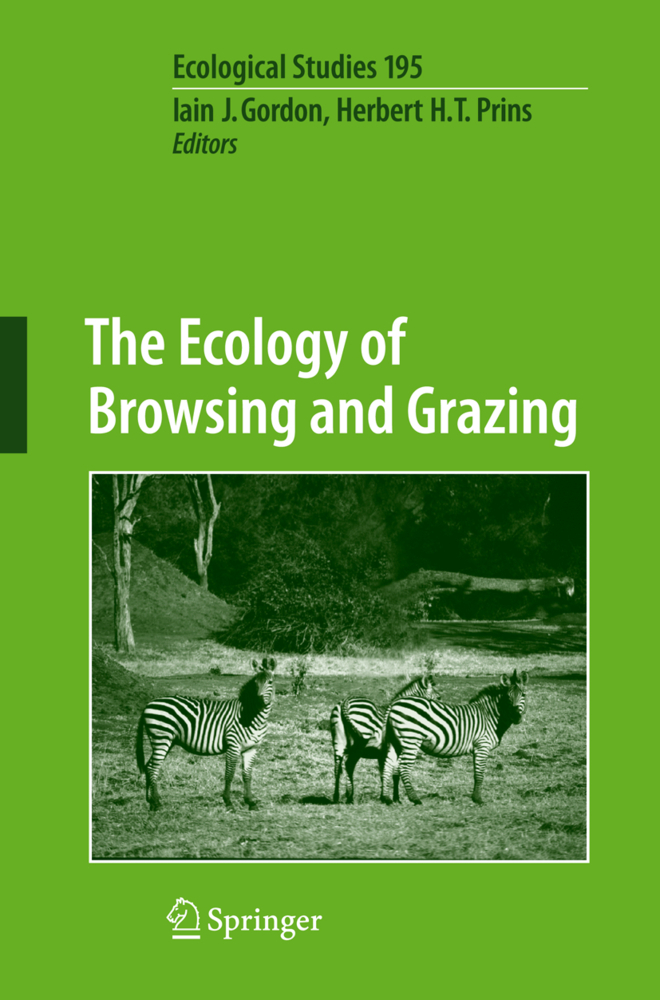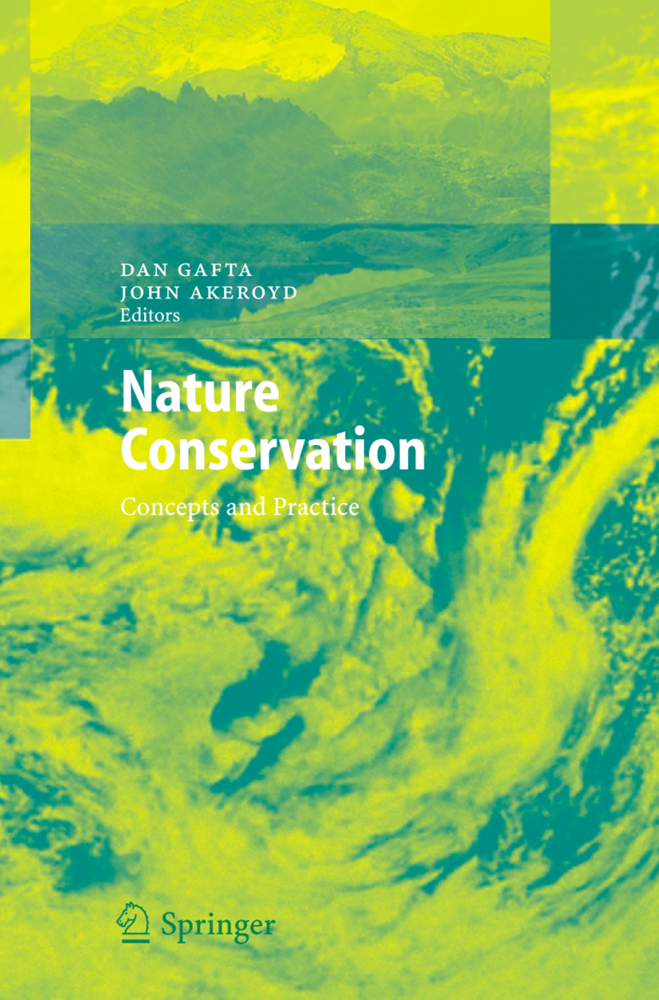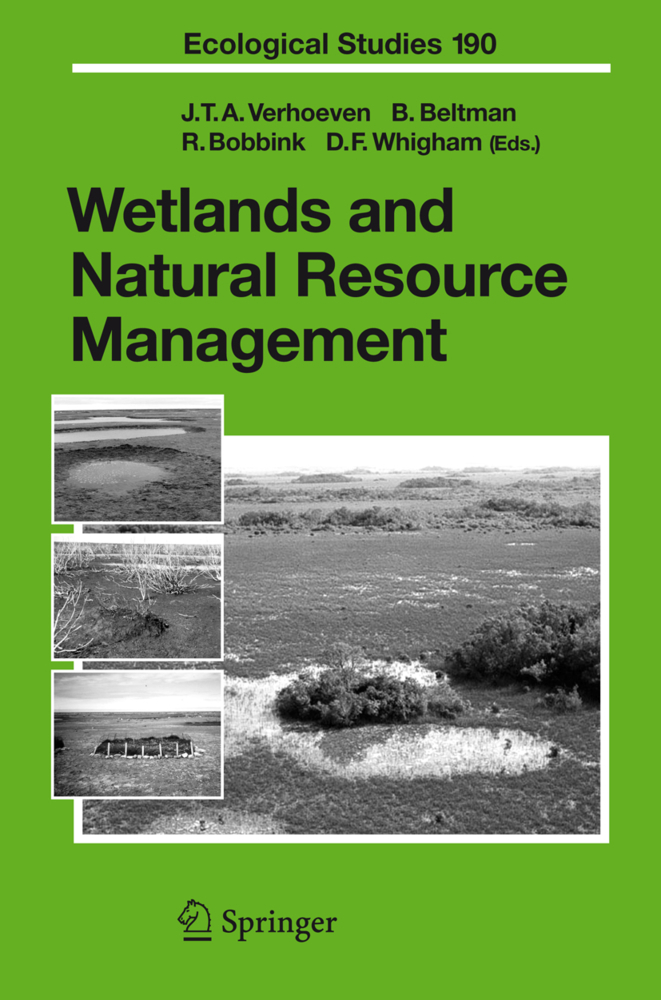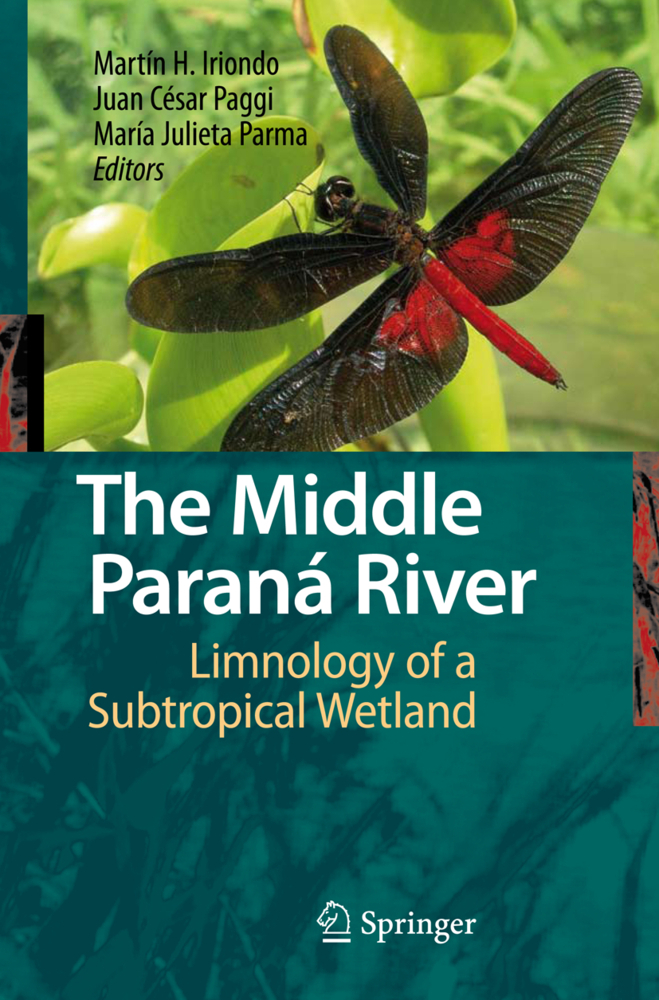Tropical Fire Ecology
Climate Change, Land Use and Ecosystem Dynamics
This book is a global synthesis of fire in tropical ecosystems. In detailing the fire situations of 17 tropical systems, it discusses all relevant subjects ranging from causes of fire to human land use and climate change to long range implications.
Professor Mark A. Cochrane is eminently qualified to explain in detail the historic and current fire situations in the tropics. He is internationally renowned for the documentation of the characteristics, behavior and ecological effects of fire in tropical forests. His research focuses on understanding spatial patterns, interactions and synergisms between the multiple physical and biological factors that affect ecosystems. His recent published work has emphasized human dimensions of land-cover change and the potential for sustainable development and it has been instrumental in the Brazilian government's recent (2003) program to increase its national forest system in the Amazon to 50 million hectares. In current research programs, Professor Cochrane investigates the drivers and effects of disturbance regime changes resulting from various forms of forest degradation, including fire, fragmentation and logging. He is the President of the Association for Fire Ecology of the Tropics (AFET) and has written and edited several books and articles in influential scientific publications about fire in tropical forests.
Professor Mark A. Cochrane is eminently qualified to explain in detail the historic and current fire situations in the tropics. He is internationally renowned for the documentation of the characteristics, behavior and ecological effects of fire in tropical forests. His research focuses on understanding spatial patterns, interactions and synergisms between the multiple physical and biological factors that affect ecosystems. His recent published work has emphasized human dimensions of land-cover change and the potential for sustainable development and it has been instrumental in the Brazilian government's recent (2003) program to increase its national forest system in the Amazon to 50 million hectares. In current research programs, Professor Cochrane investigates the drivers and effects of disturbance regime changes resulting from various forms of forest degradation, including fire, fragmentation and logging. He is the President of the Association for Fire Ecology of the Tropics (AFET) and has written and edited several books and articles in influential scientific publications about fire in tropical forests.
1;Title Page ;3 2;Copyright Page ;4 3;Table of Contents ;5 4;Preface ;17 5;Figures ;20 6;Tables ;25 7;Abbreviations and acronyms ;27 8;Contributors ;31 9;1 Fire in the tropics ;37 9.1;1.1 INTRODUCTION ;37 9.2;1.2 TROPICAL WILDFIRES: SITUATION AND IMPACTS ;38 9.2.1;1.2.1 Overview ;38 9.2.2;1.2.2 Economic impacts ;40 9.2.3;1.2.3 Health issues ;41 9.2.4;1.2.4 Environmental impacts ;43 9.3;1.3 CASE STUDIES OF TROPICAL FIRES: MEXICO AND BRAZIL ;46 9.3.1;1.3.1 Mexico ;46 9.3.2;1.3.2 Brazil ;50 9.4;1.4 IMPLICATIONS ;53 9.5;1.5 ACKNOWLEDGMENTS ;54 9.6;1.6 REFERENCES ;54 10;2 Fire and fire ecology: Concepts and principles ;60 10.1;2.1 FIRE AND COMBUSTION ;60 10.2;2.2 HEAT TRANSFER ;63 10.2.1;2.2.1 Conduction ;63 10.2.2;2.2.2 Convection ;64 10.2.3;2.2.3 Radiation ;64 10.3;2.3 FUELS ;66 10.3.1;2.3.1 Fuel composition ;66 10.3.2;2.3.2 Fuel loading and arrangement ;66 10.3.3;2.3.3 Fuel moisture ;68 10.3.4;2.3.4 Total fuels ;68 10.3.5;2.3.5 Live fuels ;68 10.3.6;2.3.6 Dead fuels ;72 10.3.7;2.3.7 Moisture exchange ;72 10.3.8;2.3.8 Fuel continuity ;73 10.4;2.4 OXYGEN ;74 10.5;2.5 WILDLAND FIRE ;74 10.5.1;2.5.1 Fire types ;75 10.5.1.1;2.5.1.1 Surface fires ;75 10.5.1.2;2.5.1.2 Ground fires ;76 10.5.1.3;2.5.1.3 Crown fires ;76 10.5.2;2.5.2 Fire characteristics ;76 10.5.2.1;2.5.2.1 Flame height ;76 10.5.2.2;2.5.2.2 Flame length and fireline intensity ;77 10.5.2.3;2.5.2.3 Fireline intensity ;78 10.5.2.4;2.5.2.4 Height of crown scorch ;78 10.5.2.5;2.5.2.5 Fire spread rate ;81 10.5.2.6;2.5.2.6 Flame depth ;81 10.5.2.7;25.2.7 Residence time ;81 10.6;2.6 FIRE ECOLOGY ;84 10.6.1;2.6.1 Fire regimes ;84 10.6.2;2.6.2 Fire regime characteristics ;85 10.6.2.1;2.6.2.1 Fire extent ;85 10.6.2.2;2.6.2.2 Fire seasonality ;85 10.6.2.3;2.6.2.3 Fire frequency ;86 10.6.2.4;2.6.2.4 Fire intensity and fire severity ;86 10.6.3;2.6.3 Fire regime classification ;86 10.6.4;2.6.4 The action of fire in ecosystems ;88 10.6.5;2.6.5 Tropical fire ecology ;90 10.7;2.7 ACKNOWLEDGMENTS ;90 10.8;2.8 REFERENCES ;90 11;Part I Global overview of fire in the tropics ;98 12;3 Overview: Global fire regime conditions, threats, and opportunities for fire management in the tropics ;99 12.1;3.1 ABSTRACT ;99 12.2;3.2 INTRODUCTION ;100 12.3;3.3 ASSESSING THE WORLD'S FIRE REGIMES ;101 12.4;3.4 FIRE REGIME TYPES ;102 12.5;3.5 THE STATE OF THE WORLD'S TROPICAL FIRE REGIMES ;103 12.6;3.6 CAUSES OF CHANGING FIRE REGIMES IN THE TROPICS ;106 12.6.1;3.6.1 Climate change ;106 12.6.2;3.6.2 Agriculture and livestock ranching ;107 12.6.3;3.6.3 Rural and urban development ;109 12.6.4;3.6.4 Energy production ;109 12.6.5;3.6.5 Fire exclusion and suppression ;109 12.6.6;3.6.6 Invasive species ;110 12.6.7;3.6.7 Plantations ;110 12.6.8;3.6.8 Arson ;110 12.7;3.7 INTERACTIONS ;111 12.8;3.8 PRESCRIBED BURNING FOR ECOLOGYCAL BENEFIT ;111 12.9;3.9 INTEGRATED FIRE MANAGEMENT ;111 12.10;3.10 CONCLUSIONS ;113 12.11;3.11 REFERENCES ;114 13;Part II Fire in the Australian tropics ;118 14;4 Fire-driven land cover change in Australia and W. D. Jackson's theory of the fire ecology of southwest Tasmania ;119 14.1;4.1 ABSRACT ;119 14.2;4.2 INTRODUCTION ;120 14.3;4.3 THE ECOLOGY OF SOUTHWEST TASMANIA ;121 14.3.1;4.3.1 Development of a theory ;121 14.3.2;4.3.2 Ecological Drift model ;121 14.3.3;4.3.3 Evidence and alternative perspectives ;125 14.4;4.4 THE ECOLOGICAL DRIFT MODEL AND QUANTIFYING FIRE FREQUENCY ;126 14.4.1;4.4.1 Methods of quantifying fire frequency ;126 14.4.2;4.4.2 Fire frequency in Victorian montane forests ;127 14.4.3;4.4.3 Stand age and fire risk ;128 14.4.4;4.4.4 Landscape effects on fire frequency ;128 14.5;4.5 FIRE FREQUENCY, EDAPHIC FEEBACKS, AND ABORIGINAL LANDSCAPE BURNING IN AUSTRALIAN TROPICAL SAVANNAS ;130 14.5.1;4.5.1 Aboriginal fire regimes - evidence from northern Australia savannas ;130 14.5.2;4.5.2 Cessation of Aboriginal burning and the grass fire cycle ;131 14.5.3;4.5.3 Edaphic "inertia" of monsoon rainforest - savanna boundaries ;131 14.5.4;4.5.4 Monsoon ranforest boundary dynamics
Cochrane, Mark A.
| ISBN | 9783540773818 |
|---|---|
| Artikelnummer | 9783540773818 |
| Medientyp | E-Book - PDF |
| Auflage | 2. Aufl. |
| Copyrightjahr | 2010 |
| Verlag | Springer-Verlag |
| Umfang | 682 Seiten |
| Sprache | Englisch |
| Kopierschutz | Digitales Wasserzeichen |

